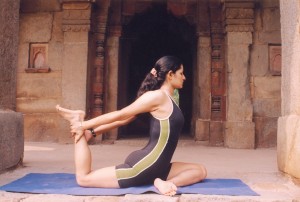 Even though the idea of strength training and weight training are practically inseparable from one another, there are a few reasons a person might want to build strength without lifting weights. For one, such facilities might be an inconvenient distance away, or gym membership fees might be prohibitive. Others skip weights because they don’t want to share germs, or working out with weights might have become boring. Whichever the case, it can’t be denied that weight-free strength training is convenient and adaptable.
Even though the idea of strength training and weight training are practically inseparable from one another, there are a few reasons a person might want to build strength without lifting weights. For one, such facilities might be an inconvenient distance away, or gym membership fees might be prohibitive. Others skip weights because they don’t want to share germs, or working out with weights might have become boring. Whichever the case, it can’t be denied that weight-free strength training is convenient and adaptable.
Most people are familiar with bodyweight strength training, where, a person builds strength by working with the weight of his or her own body. Some examples of bodyweight strength exercises are pushups, planks, pull-ups, crunches, and squats. All can be performed virtually anywhere and provide an overall body workout.
This form of strength training is challenging for those new to it, although increasing the intensity of workouts may be difficult, given that you have only your own body weight to work with; nevertheless, it is possible to increase intensity and repetitions to achieve greater strength.
Another form of strength training is Pilates. The simplistic understanding is that Pilates develops the “core†muscles, contributing to stability, which is perceived as increased strength. Thanks the variety of Pilates exercises available, practitioners need not use the Reformer (which adds mechanical resistance to bodyweight-based exertion) to achieve their strength training goals. As with simple bodyweight strength training, the practitioner may need to add some form of weights to gain more strength.
Yoga is another form of exercise by which strength can be gained. Both Pilates and yoga emphasize smooth movements, deep breathing, and concentration; however, the emphasis is on movement when doing Pilates, whereas yoga is a sequence or succession of static poses. Perhaps more crucially, the only “equipment†used in yoga is a yoga mat.
With yoga, the practitioner becomes aware of postural defects or weaknesses through the initial inability to achieve or hold certain poses. The upshot is that the person eventually develops the balance and strength required to execute and maintain yoga poses, enjoying greater strength and flexibility as a result.





